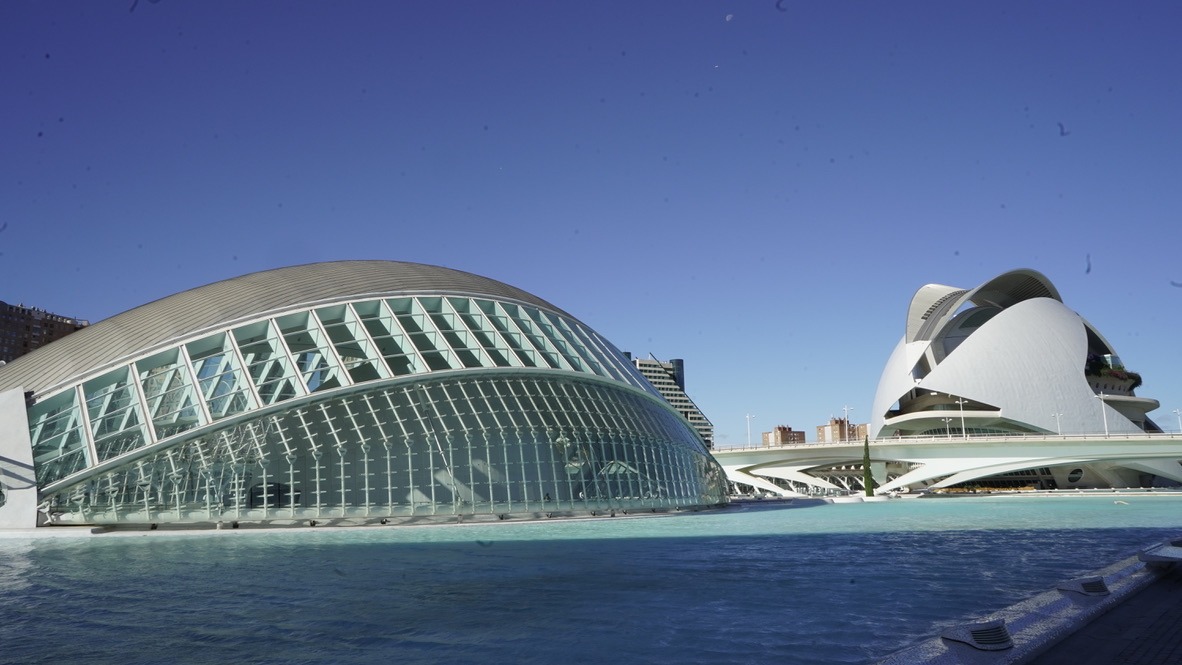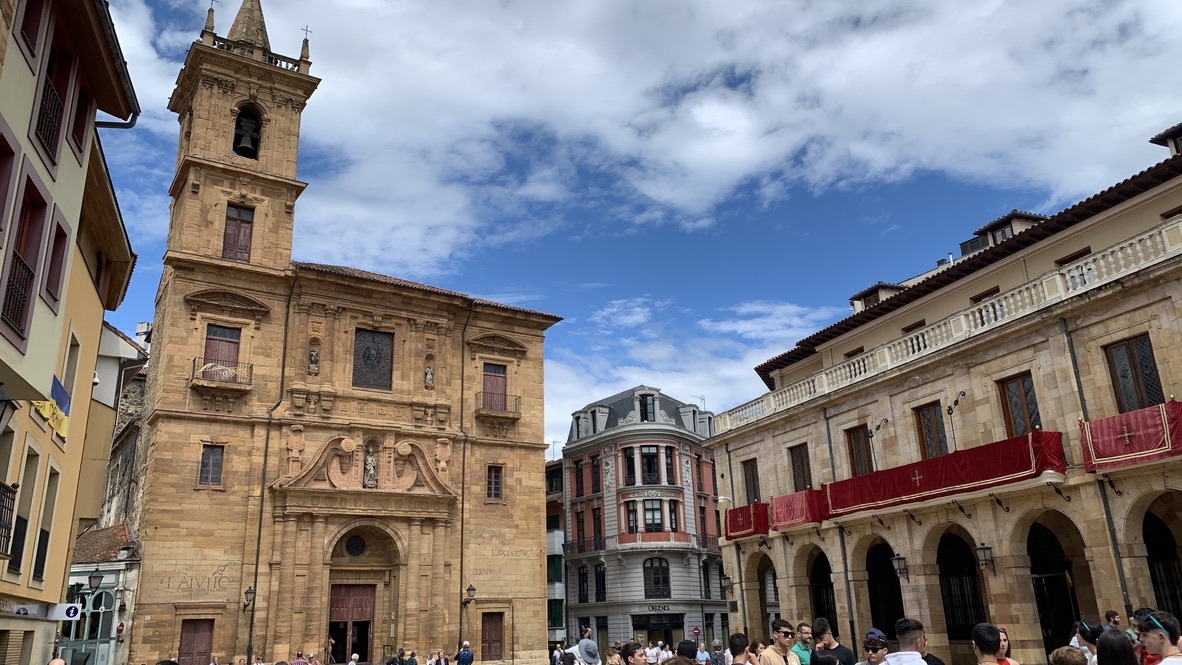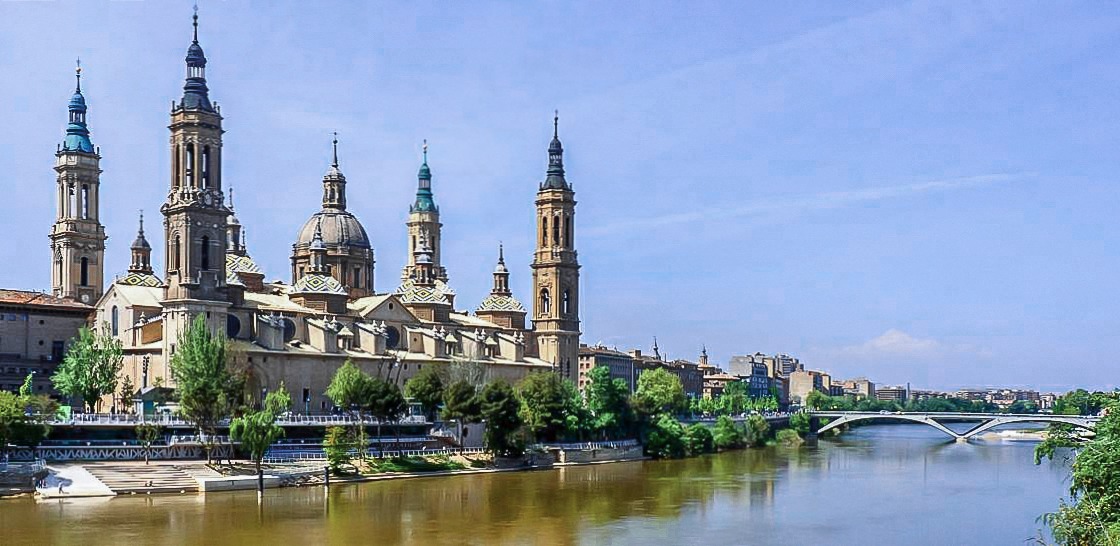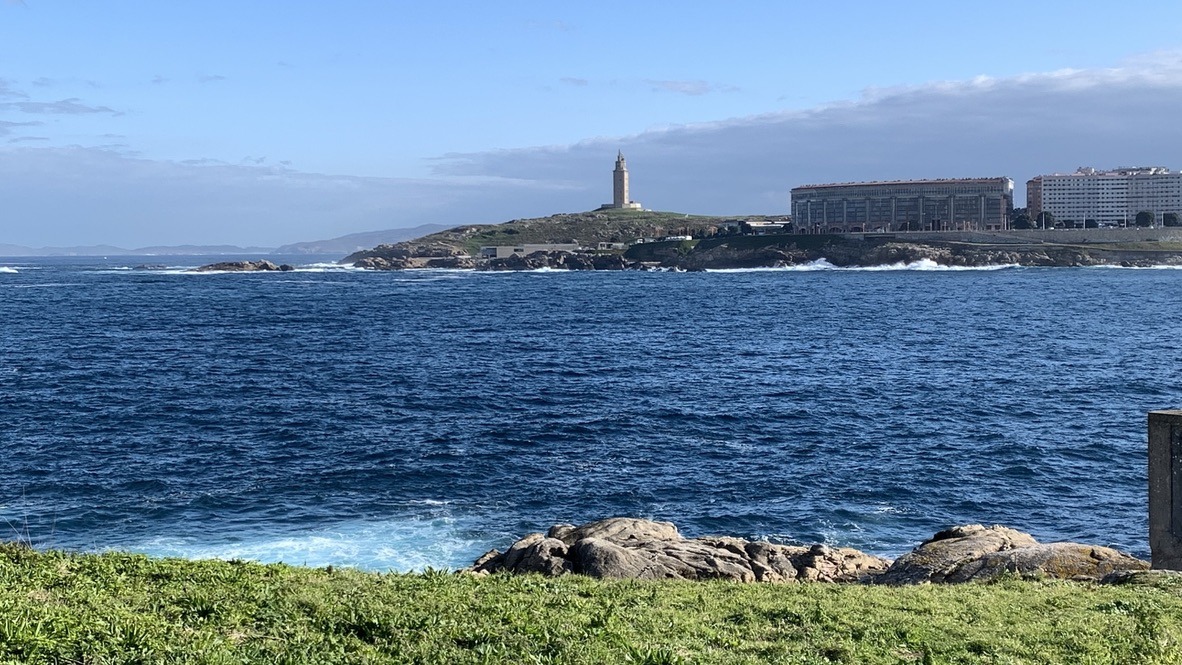Valencia is an intriguing mix of ultra-modern architecture, historic charm and sunny beaches, all surrounded by a bustling and lively city full of surprises.
What Make It Unique
Valencia, situated on the eastern coast of Spain, is celebrated for its striking modern landmarks such as the City of Arts and Sciences, designed by Santiago Calatrava, which symbolizes the city’s innovative spirit. The city’s rich history is evident in its medieval architecture, most notably the stunning Valencia Cathedral and the historic Silk Exchange, a UNESCO World Heritage Site. Valencia’s cultural scene is vibrant and diverse, with events such as the Fallas festival, La Tomatina, and the Valencia International Film Festival showcasing its lively spirit and artistic flair. Valencia’s cuisine, featuring iconic dishes like paella valenciana, fideuà, and horchata, reflects its Mediterranean roots and abundance of fresh produce from the surrounding region. The city’s location on the Turia River and its expansive beachfront, including the popular Malvarrosa Beach, offer ample opportunities for outdoor recreation and relaxation.
Getting There and Around
Valencia, Spain’s third-largest city, is located on the southeastern coast and is easily accessible via Valencia Airport, situated about 8 kilometers from the city center. From the airport, you can reach the city by metro, bus, taxi, or car rental. Valencia’s public transportation system includes an extensive network of buses, trams, and a modern metro. The city is bike-friendly, and its compact size makes walking a pleasant way to explore its diverse neighborhoods.
Top Attractions
City of Arts and Sciences: A futuristic architectural complex housing a planetarium, an interactive science museum, an opera house, and the largest oceanographic aquarium in Europe. It’s a must-see for its striking design and educational exhibits.
La Lonja de la Seda: A UNESCO World Heritage site, this Gothic-style building was originally used for silk trading. Its impressive architecture and intricate stonework are fascinating to explore.
Valencia Cathedral and El Miguelete: This historic cathedral, located in the heart of the city, features a mix of architectural styles. Climb the El Miguelete bell tower for panoramic views of Valencia.
Central Market (Mercado Central): One of Europe’s largest fresh produce markets, housed in a beautiful modernist building. It’s the perfect place to experience local flavors and buy fresh ingredients.
Turia Gardens (Jardín del Turia): A lush, nine-kilometer-long park that runs through the city, offering walking and cycling paths, sports facilities, and playgrounds. It’s a great place to relax and enjoy the outdoors.
Culture and Cuisine
Valencia boasts a rich cultural scene, with numerous museums, theaters, and music venues. The city is known for its festivals, especially Las Fallas in March, featuring elaborate sculptures, fireworks, and parades.
Valencian cuisine is famous for its rice dishes, particularly paella, which originated here. Other must-try dishes include horchata (a traditional beverage made from tiger nuts) and fartons (sweet pastries). The Mercado Central and various local restaurants offer opportunities to savor these culinary delights.
Shopping
For shopping enthusiasts, Calle Colón is the main commercial street, featuring a variety of shops from high-end boutiques to popular retail chains. The Barrio del Carmen area is great for unique, locally-made products and artisan shops. For a more traditional shopping experience, visit the Central Market or Mercado de Colón, housed in a beautifully restored modernist building.
Day Trips
Valencia’s location makes it ideal for day trips to nearby attractions:
- Albufera Natural Park: A short drive from the city, this park features a large freshwater lagoon, rice paddies, and boat tours. It’s a perfect spot for birdwatching and enjoying nature.
- Sagunto: A historic town known for its ancient Roman theater and medieval castle, offering a glimpse into the region’s past.
- Requena: A renowned wine region where you can tour vineyards, visit wine cellars, and taste the local wines.
Practical Tips
A few simple tips to make your visit to Valencia easier.
- Best Time to Visit: Spring (March to May) and Fall (September to November) offer pleasant weather and fewer tourists. Summers are warm and ideal for beach activities, while winters are mild but cooler.
- Language: Spanish and Valencian are the official languages. While English is widely spoken in tourist areas, knowing some basic Spanish or Valencian phrases can be helpful.
- Safety: Valencia is generally safe, but be cautious of pickpockets, especially in crowded areas and popular tourist sites.





